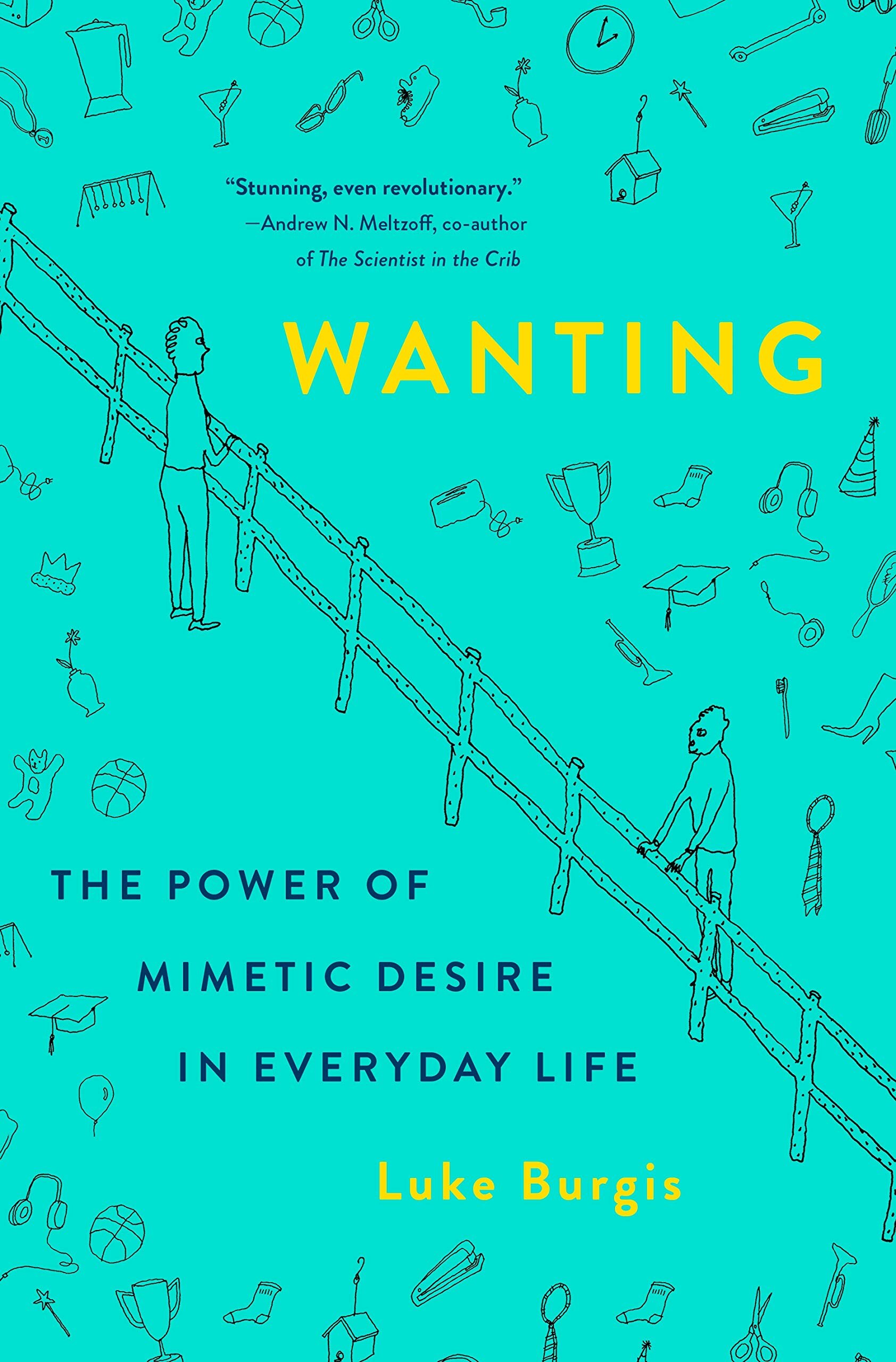Book Review: Wanting by Luke Burgis
Rarely do I find a book that so closely aligns with my interests: Epsilon Theory, Start With Why, Nassim Taleb, Atomic Habits, the list goes on and on. Yet, this book was as eye opening as David Foster Wallace’s This is Water.
The first of many important lessons in Wanting by Luke Burgis is the difference between mimetic and memetic. Memetic refers to the memes that we’re now accustomed to seeing across social media. Mimetic refers to miming, or imitation. If you want to see a hotbed of mimesis, just watch any episode of WWE or AEW.
Mimesis is how models of desire are transmitted from one person to another. It’s difficult to know you want something without seeing someone else want it first. Social media was an inflection point for models of desire. We’ve gone from being able to imitate our “tribe” to being able to imitate anyone across the world. If you’re interested in how mimesis is subtly used to manipulate you, here’s a clip from the Big Bang Theory without the laugh track.
Here’s an example of positive mimesis. Back in February I saw Jim O’Shaughnessy tweet about Luke Burgis’ Anti-Mimetic newsletter. Why was I interested in the first place? On some level I wanted to be like Jim O'Shaughnessy, and reading the same newsletter would be a step in the right direction.
Another fascinating concept covered in the book is reflexivity. Similar to a previous article on Keynesian Beauty Contests, our actions are molded by our beliefs, which are in turn molded by our actions. Burgis writes, “People worry about what other people will think before they say something--which affects what they say. In other words, our perception of reality changes reality by altering the way we might otherwise act. This leads to a self-fulfilling circularity.”
This venture into reflexivity fuels an enthralling discussion of scapegoats. Just like the saying goes in college football (among other sports): coaches are hired just to be fired.
Lastly, there’s a great use of cycles. Reminiscent of Jim Collins’ flywheels in Good to Great, these cycles are classified as destructive or positive cycles of desire. After reading the book I was able to create my own mimetic mission cycle, using Burgis’ analysis of Zappos as a template, and it reaffirmed why I’m doing what I’m doing.
Burgis does an excellent job of setting the table in the first half of the book and then serving up a delicious meal in the second half, providing a plethora of guidance. Interspersed throughout the book are single-page tactics for helping “turn blind wanting into intentional wanting.” My favorite is Tactic 6: Establish and Communicate a Clear Hierarchy of Values. Burgis describes how “if all values are treated as equal, then the one that wins out--especially at a time of crisis--is the one that is most mimetic.” I couldn’t help but think of Ben Thompson’s Principle Stacks.
We should always be looking for the water around us. It could be something simple like asking yourself, “how many people do you work with who could name even one of your most meaningful achievements and explain why it was so meaningful to you?”
Please feel free to share any opinions on the book, or other mimetic examples that come to mind!

